i.) The heart, itself being a muscular organ, derives its nutrition from rasa, its oxygen
from rakta and its vital energy from oja. Its movements are controlled by vyana
vayu (autonomic nervous system).
ii.) Sadhak pitta represents intracellular enzymes in the cells of the heart and helps it
to digest and utilize the nutrients and oxygen. Avalambaka kapha represents the
intracellular and interstitial fluid of the heart and chest.
iii.) The basic elements viz, rasa, rakta, muscular tissue, oja, prana vayu, vyana-vayu,
sadhaka pitta and avalambaka kapha when affected can disturb the function of
heart and develop heart disease.
B) AETIOLOGY OF HEART DISEASE:-
i.) According to aetiological factors and clinical manifestations, heart diseases are
classified as:-
– Vataja
| शोकोपवासव्यायामरूक्षशुष्काल्पभोजनैः | वायुराविश्य हृदयं जनयत्युत्तमां रुजम् || ||३०|| |
(Grief, fasting, over-exercise, intake of rough (non oily or ununctuous) or dry food articles, or food items of low nutritional value are the key etiological factors of vata dominant dseases of heart. Provoked vata , due to these causes, produces severe chest pain by affecting the heart)
– Pittaja
| उष्णाम्ललवणक्षारकटुकाजीर्णभोजनैः| मद्यक्रोधातपैश्चाशु हृदि पित्तं प्रकुप्यति || ||३२|| |
(Excessive intake of hot, sour, pungent, salty and alkaline food articles, alcohol, exposure to sun, and anger are the etiological factors of pitta-dominant heart diseases)
– Kaphaja
| अत्यादानं गुरुस्निग्धमचिन्तनमचेष्टनम्| निद्रासुखं चाभ्यधिकं कफहृद्रोगकारणम् || ||३४|| |
(Over-eating, intake of heavy and fatty food substances, worry-free and sedentary lifestyle, excessive sleep are the etiological factors of kapha-dominant heart diseases)
– Tridoshaja
(In tridoshaja hridroga, the etiological factors and symptoms of all the
three dosha dominant types of the heart diseases are present. (tridoshaja hridroga is considered a most troublesome disease by great sages)
– Krumija
| त्रिदोषजे तु हृद्रोगे यो दुरात्मा निषेवते ||३६|| तिलक्षीरगुडादीनि ग्रन्थिस्तस्योपजायते| मर्मैकदेशे सङ्क्लेदं रसश्चास्योपगच्छति || ||३७|| सङ्क्लेदात् क्रिमयश्चास्य भवन्त्युपहतात्मनः| मर्मैकदेशे ते जाताः सर्पन्तो भक्षयन्ति ||३८|| |
(An unfortunate person already suffering from tridoshaja hridroga, if further indulges in excessive intake of sesame, milk, and molasses, then he develops thrombosis (granthi) in the rasavaha srotas of the heart, leading to softening of the affected area and making it vulnerable to worm infestations. This infestation then spreads and consumes (bhakṣyanti) the heart tissues. It is krimija hridroga)
ii.) The causes of heart diseases are classified into:–
Causes directly acting on the heart.
Causes affecting the basic elements.
Heart disease as a complication of other diseases.
– Causes directly acting on the heart :-
Psychological factors.
Dietary factors.
Activity and rest.
Excessive indulgence in sex.
Supression of natural urges.
Alcohol in excess.
Bacteria, viruses, worms and their toxins.
Abnormal or excessive use of emetics, purgatives or enemas.
Toxic effects of drugs.
Trauma to heart
Complication of other diseases.
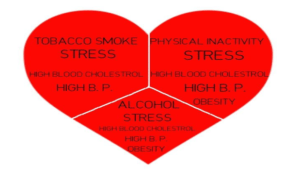
– Causes affecting the basic elements :-
Rasa, rakta, muscular tissue, oja, prana vayu, vyana vayu, sadhaka pitta and
avalambaka kapha are the eight basic elements, which maintain the integrity of
the cellular structure and various functions of heart.
– Heart disease as a complication of other diseases :-
Anemia.
Infectious fevers like diphtheria, typhoid, pneumonia.
Rheumatic fever.
Vatarakta.
Diabetes.
Chronic respiratory diseases with breathlessness(cor pulmonale).
Vomiting-with its associated dehydrayion and electrolyte disturbances.
Bleeding disorders leading to anemia and haemopericardium.
Worms.
Alcoholic intoxification.
Side effects of drugs e.g. action of various poisons.
Neurological disorders e.g. avrutavata, particularly samanavruta prana or
pranavruta udana.
Cardioprotective recipies as per classics and household tradition –
Food should be fresh, warm, tasty and eaten in company of friends and well wishers. One
should take fruits or fruit juices first followed by soups and then have various dishes.
Sweets should be taken first, sour and salty food stuffs in between and spicy footstuffs
last. Appetite should be the guide line for deciding the quantity of food one takes and
should not fall a prey to one’s own cravings for food and drinks. The diet should be a well balanced one, consisting of food items or various tastes and
flavours. The caloric requirements of the person should be calculated and diet adjusted
accordingly eg a thin and lean person should be given a high caloric diet, while an obese
person should be given a high caloric diet, while an obese person should be
recommended a low caloric diet.
a) CEREALS:-
Cereals in general should be used after one year of storage. Cereals as a class can
be given freely to the patients. As cereals form the main source of calories, the
quantity should be adjusted in such a manner, that a patient maintain optimum
weight. The patient with kaphaja heart disease should take less of rice and wheat
and more of millets. For easy digestion rice and wheat should be roasted before
use by patients with kaphaja heart disease.
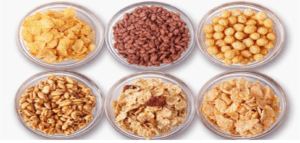
b) PULSES:-
Mung is the ideal pulse and can be taken freely. Kulittha is good for kaphaja and
udid in vataja heart heart diseases. All other pulses give rise to gaseous distension
of abdomen except mung and masur dal.
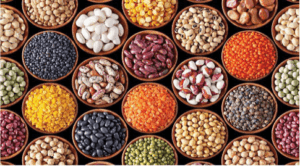
c) MILK AND MILK PRODUCTS:-
Milk, curds, butter, ghee and cheese are contraindicated in patients with pittaja
and kaphaja heart diseases and in acute phase i.e. same phase, of vataja heart
diseases. In nirama phase of vataja heart disease, these items are beneficial to the
heart disease. Sheep milk is contraindicated in all varities of heart diseases.
In infants with heart disease, mother’s milk should be continued as usual.
Buttermilk is good for patients with vataja and kaphaja heart disease. In vataja heart disease, it should be taken with salt and sugar, in pittaja heart
disease buttermilk should be taken with sugar and in kaphaja heart disease ginger,
pepper, pippali should be added to it.
d) MEAT, EGG AND CHICKEN:-
Meat, egg and chicken are good for patients with heart disease. In kaphaja heart
disease roasted lean meat, chicken and white of egg should be taken. Fish and
anupa meat is contraindicated in pittaja, kaphaja and early or ‘sama’ stage of
vataja disease. Meat, in general, is good for and should be taken regularly in
vataja heart disease.
e) NUTS AND OIL SEEDS:-
Almond, walnuts, coconut, groundnuts, till and other oil seeds should be used in
restricted quantity and only occasionally, particularly by obese heart patients.
Charoli and date are good vataja and pittaja heart disease.
f) FRUITS:-
Fresh fruits in general and sour fruits in particular are good for heart patients.
Bananas and sweet fruits should be taken in restricted quantities by kaphaja heart
patients. Every heart patients should take fresh fruits regularly before meals. g) VEGETABLES; Padaval, bhopala(pumpkin) and brinjals are good for all heart patients. Punarnava
and drumstick are good for vataja and kaphaja heart disease. Methi and kerela are
good for kaphaja and pittaja heart disease. Cucumbar, bramhi and mandukaparni
are good for pittaja heart disease.
g) VEGETABLES:-
Padaval, bhopala(pumpkin) and brinjals are good for all heart patients. Punarnava
and drumstick are good for vataja and kaphaja heart disease. Methi and kerela are
good for kaphaja and pittaja heart disease. Cucumbar, bramhi and mandukaparni
are good for pittaja heart disease.
h) SUGAR, JAGGERY, HONEY:-
Coconut water, honey, sugarcane and sugar are good for patient with heart
disease, jiggery is contraindicated in pittaja and kaphaja heart disease and sama
stage of vataja heart disease, when stiffness and heaviness are present.
i) SALTS:–
Common salt and saindhava is contraindicated, particularly when oedema or signs
of congestive cardiac failure are present. Bida salt, sovarchala salt, yavakshar and
tankana are helpful in vataja and kaphaja heart disease but are contraindicated in
pittaja heart diseases. Bida and sovarchala salts are healpfull for gaseous
distension of abdomen, belching, gases and colicky pain. Yavakshar and tankana
are helpful as expectorants.
j) SPICES:–
Spices, in general, are good for vataja and kaphaja heart disease and
contraindicated in pittaja heart disease. Ginger, coriander, cumin seeds and
cardamom can be used in the desired amount in all types of heart diseases. Excess
of spices, particularly chilly powder and black pepper are contraindicated in
vataja and pittaja heart disease.
k) ALCOHOL:-
Mild alcoholic preparations like drakshasava is good for a patient with vataja
heart diseases. Wine from dates is contraindicated in vataja heart diseases. Strong
alcoholicpreprations maybe taken in small quantities by patients with kaphaja
heart diseases and it is contraindicated in pittaja heart disease. In an addicted
person grape with drakshava maybe given in small quantity in pittaja heart
diseases.
l) WATER:–
Water should be taken in restricted quantity in person with hypertrophy or dilation
of heart or when congestive cardiac failure is present. Boiled water should be
taken lukewarm by patient with vataja and kaphaja heart diseases and cooled
water by patients with pittaja heart disease. Water maybe medicated with ginger,
sugar and saindhav salt in vataja heart diseases. Glucose water or sugar water
medicated with ginger, pepper and pippali should be given.
m) AYURVEDIC-CARDIOPROTECTIVE EMERGENCY KIT:-
1) Bhalatak kshar-5gm
2) Parijatghanbati-125mg (8tab)
3) Hingbadi churana-20gm
4) Bishanbhasam yog-(mringshring+rasasindhur)3gm
5) Narayan churana-20gm
MIX ALL INGREDIENTS AND TAKE IT WITH ANUPANA OF
DRAKSHASAVA
Contributor- Dr. Mohit Sandhu

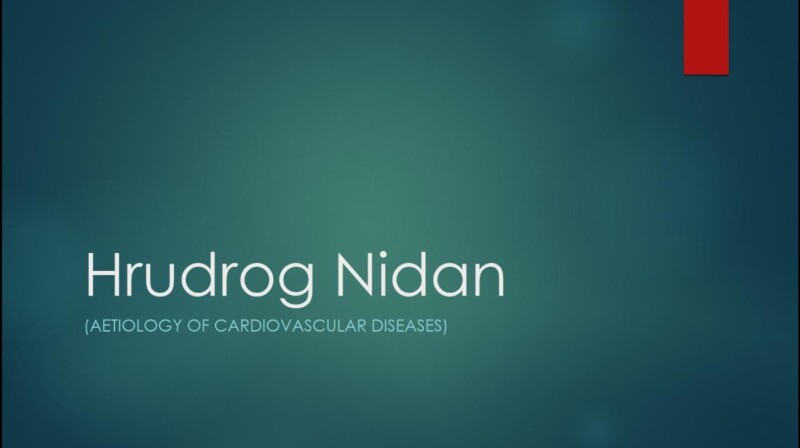

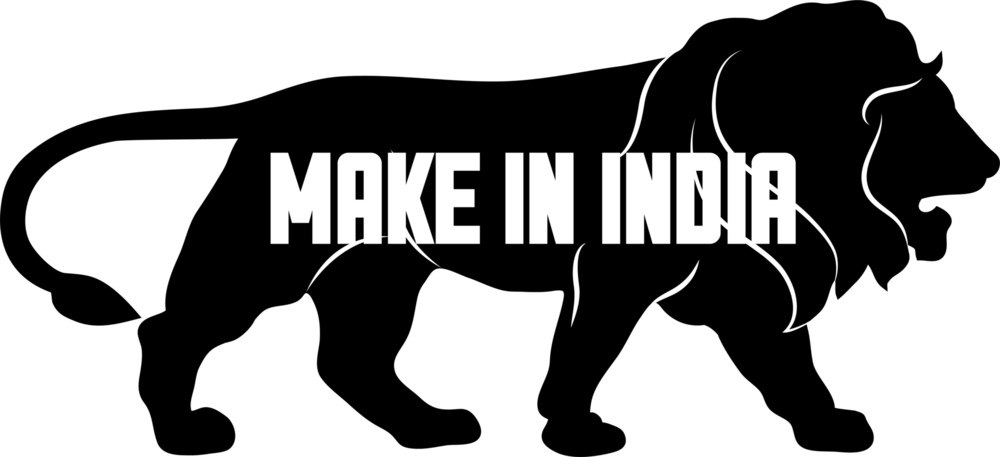

Great write up sir 😍, will love to read more articles from you
Worth reading such article 🔥Waiting for more articles like this 😍✨
Perfect 👏🏻
Keep going ahead👍
God Bless you🙏🏻
Great work -it reflect the knowledge that you have gained by your hard work to serve humanity…
Good and perfect
Mind-blowing achieved
Great 👍🏻👍🏻👍🏻👍🏻👍🏻
Knowledgeable
Great work -it reflect the knowledge that you have gained by your hard work to serve humanity…
Very knowledgeable and great job🙏👍👍
You are doing a great job by spreading such information to the people..great work 👍…..keep it up…
Very knowledgeable and great work.
Great 👍👍
Ita great our ayurveda is getting acknowledged and we Indians are taking it to tbe next level. Great man keep it up 🙂
The article is really meaningful. So impressed with your hardwork.
Thank you so much for providing such an informational purposes of medical n health…thankyou so much once again …..
I Appreciate the good work.👌👌👌👌👍👍👍👍👍
Thank you so much for providing service to people
Great work and knowledgeable….
Very informative
Great work👍
Very nice
Very informative…
Awesome yaar .. Boht acha hai yeh article . Very knowledgeable and intresting.
Great work sir 👍🏻👍🏻
Thank you so much for sharing this knowledge. God bless you!
Great job 💯💯
Keep going 🎉🎉🥳🥳
बहुत बढ़िया
Thankyou so much for providing good knowledge……god bless you doctor Mohit Sandhu
..
Great Learning, keep Going
It’s really helpful full sir … Co-relation between Ayurveda and modern is knowledgeable for us … Thank you sir .
cialis tadalafil
The heart, itself being a muscular organ, derives its nutrition from rasa, its